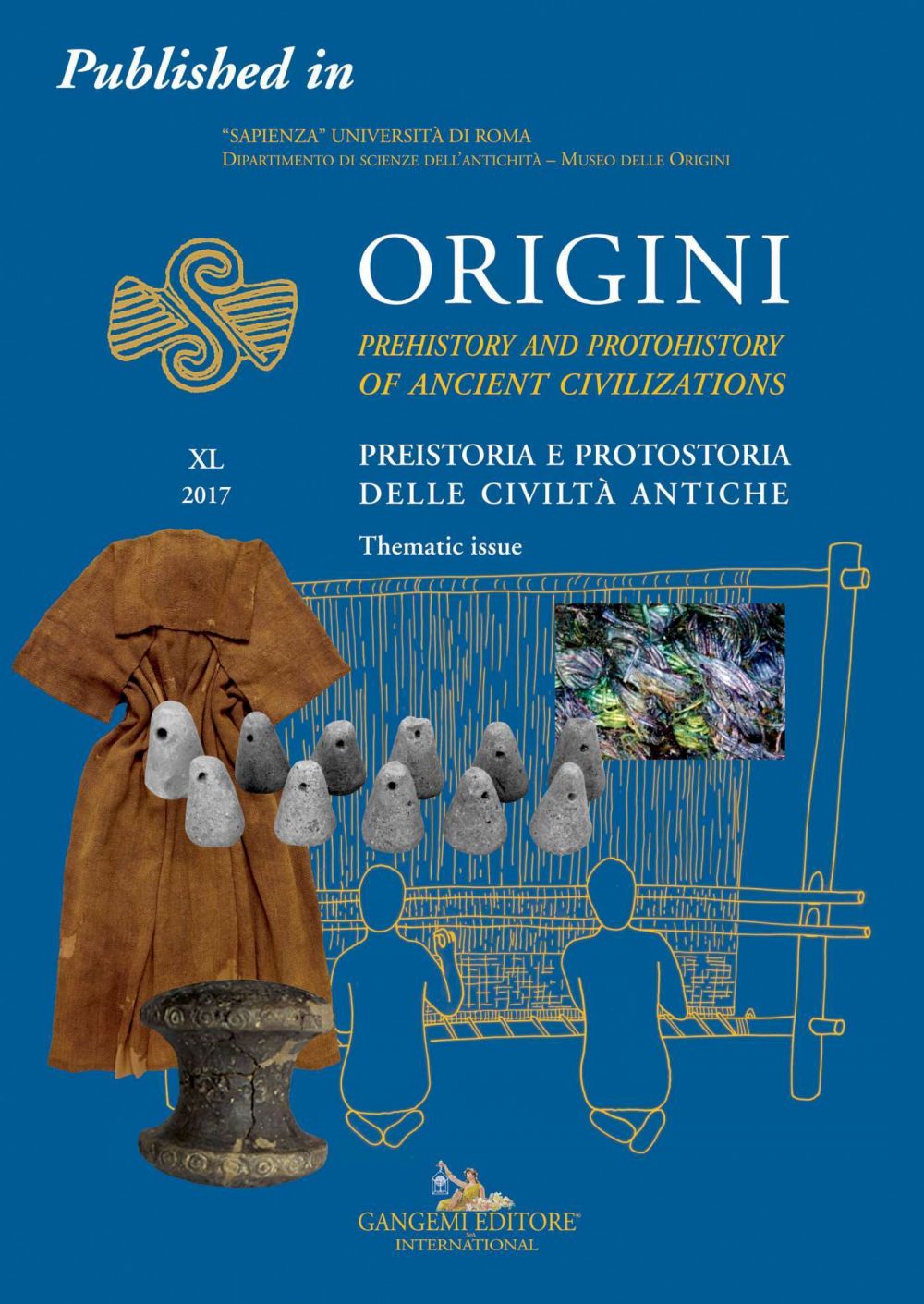Description
Published in Origini n. XL/2017. Rivista annuale del Dipartimento di Scienze dell’Antichità – “Sapienza” Università di Roma | Preistoria e protostoria delle civiltà antiche – Prehistory and protohistory of ancient civilizations | The amorgina are a type of garment known from the Greek written sources of the Classical period. They are described as transparent and luxurious, and there is a discussion about their raw material (flax, silk or other). In this paper, I analyse the term both terminologically and technically in order to identify the characteristics of the amorgina garments. Etymologically it is connected to the olive oil residue, amorgē and the treatment of textiles with olive oil known in several stages of the chaîne opératoire. A treatment with oil would indeed add softness and brilliance to the fabric, and accentuate its effect of transparency.




